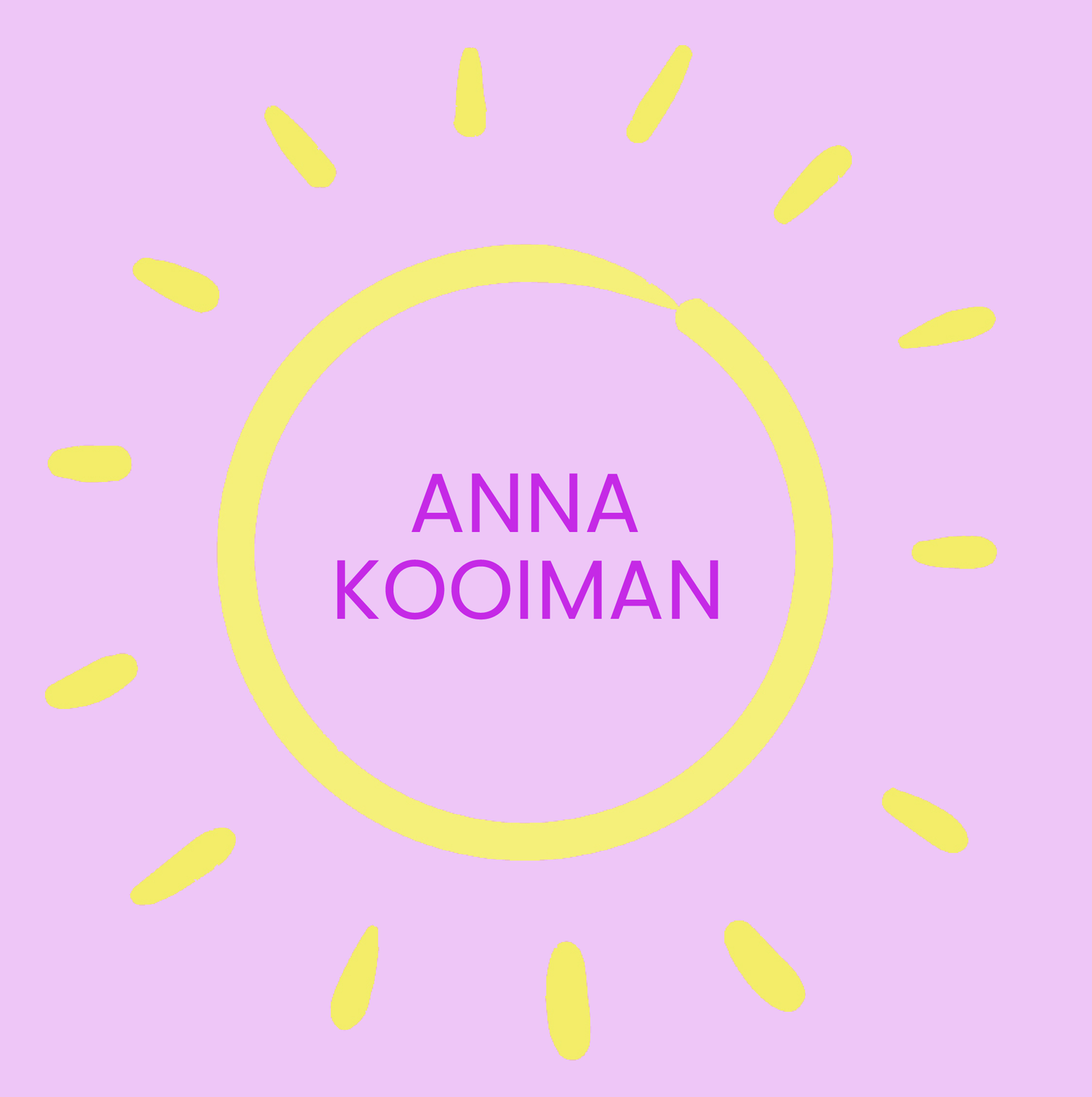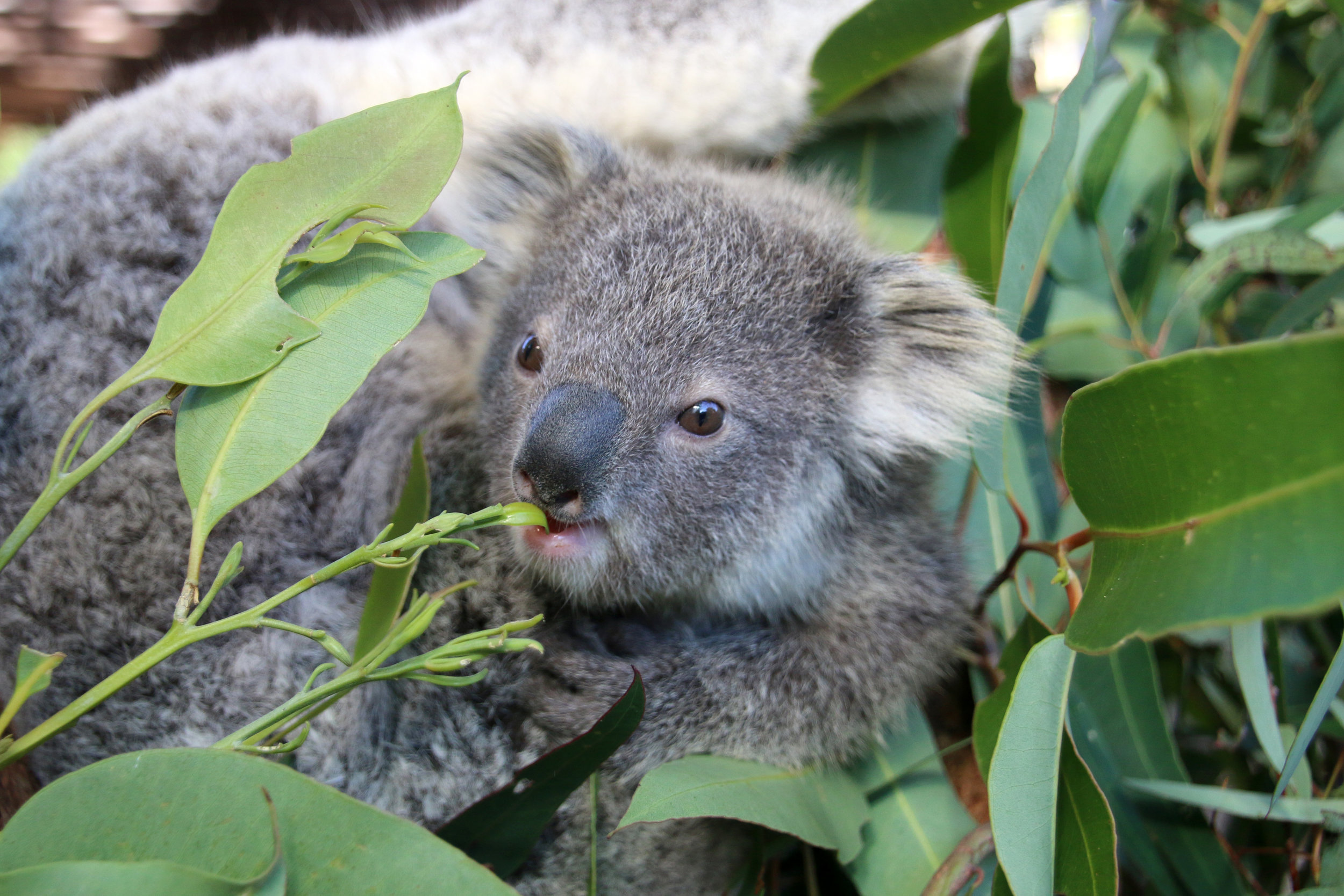Koala Cuddles and Kangaroo Kisses at Sydney's Taronga Zoo
It's a zoo... with a view! An incredible view at that. The Taronga Zoo overlooks the Sydney Opera House and Sydney Harbour Bridge. Walking into the park we are greeted by giraffes grazing in the sunshine. They are a real crowd favorite. But my main reason for coming to Taronga? Koalas and kangaroos. The zookeepers are giving us an incredible experience. You ready for this!? A meet and greet with some of their animal ambassadors. It's feeding time for not just the koalas and kangaroos... but the emus... swamp wallabies... and quokkas. They are all feeling 'snacky' too! ;-) We're in for a real treat! Check out the above video to see what it's like to interact with these unique animals!
Taronga Zoo has offered up some great animal info and snapped some pics... Let's start with koalas! They are found in eucalyptus forests and get almost 100% of their nutrients from eucalyptus leaves. Zookeepers played a game of myth busters with me. Have you ever heard koalas were half baked all the time? High on eucalyptus? Busted! Not true. I learned the reason they seem so low energy is actually because the leaves aren't very nutrient dense. Also... can you believe they have evolved to have smaller brains... to conserve energy!? Koalas sleep up to 20 hours a day! Koalas often rest in the fork of trees during the morning and afternoon and become active after the sun goes down. The nocturnal animals will typically stay high up in the trees unless it begins to rain. They will then go a bit lower for shelter and crouch over to keep themselves dry and warm. Koalas start reproducing at the age of three years and live to about twelve in the wild. Mating season is October and November. During this time.. the normally silent koalas make loud noises to attract the females. The gestational period is just 35 days! Ladies... wouldn't that be nice for us muggles!! The joey is born hairless and blind. It will stay in its mama's pouch for about a year... and by two years of age they are completely independent. Go on... Off ya go!
The Red Kangaroos are the largest marsupial in existence today. They are herbivores. The males are larger than the females and and are also a deeper red color. The females are often called ''blue flyers' and have a pouch. Their gestation period is just over a month. When the joey is born it is about the size of a jelly bean! ;-) It will hop into its mother's pouch and remain attached to her teat for about six months. It will then become independent at about one year of age. Red Kangaroos breed year round. Females are able to produce two separate types of milk simultaneously to feed their young at different stages of development. Amazing! The males will hold their entire bodyweight on their tails when battling for a female's attention. Red Kangaroos travel in mobs. Anywhere from a few dozen to several hundred Red Kangaroos live together. I had no idea!
Swamp Wallaby at Sydney's Taronga Zoo.
The Swamp Wallaby is a small marsupial. They live in marshy areas in the thick forest undergrowth. Swamp Wallabies are usually solitary, unless they are with their young. I got to pat this one under the chin. So soft.
Emus are another iconic Australian animal. They are known for being tall and flightless birds. But ya wouldn't want to challenge one of them to a foot race (as I tried to do in the above video ;-))... these boogers are FAST! When threatened by predators emus main line of defense (aside from speed) is a strong kick. They travel great distances to find suitable conditions. They are rarely found in extremely arid or rainforest regions. Emus are omnivores. They eat fruits, seeds, growing insects, small animals, animal droppings (ewww ;-)), and even small pebbles known as 'gizzard stones' to help with digestion!
Quokkas curiously looking at the camera!
Quokkas are about the size of a pet cat. Zookeepers tell me they are known to be the happiest animal in the world! Awwwww! Look at that face! Quokkas are small macropods that are a genus of their own. Social groups join together at watering holes at night. Quokkas are nocturnal and live in areas that are densely vegetated in groups of 22-150. The Quokka has been classified as vulnerable and is only found in a restricted range in Australia.
While visiting Australia... I definitely recommend checking out Sydney's Taronga Zoo! They have animal talks throughout the day so you are sure to learn a lot about the animal kingdom. Below are links to try out Taronga Zoo and a couple other Sydney based adventures! Enjoy!















